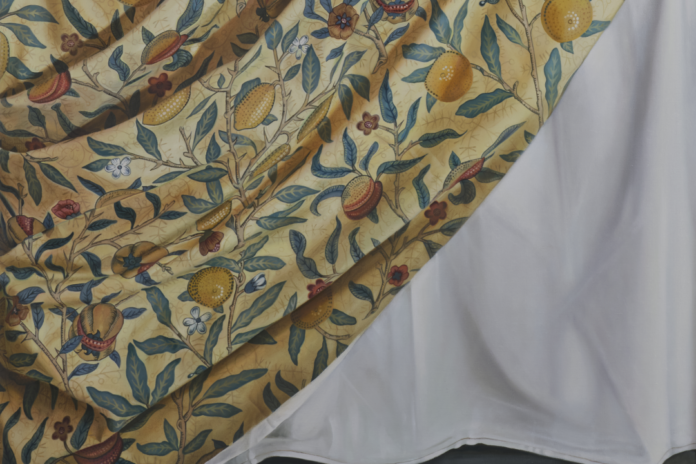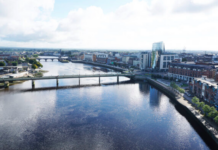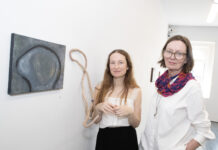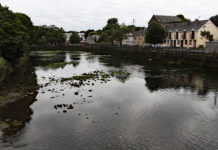
THE new exhibition at Ormston House brings together three artists: Ursula Burke, Joy Gerrard, and Jennifer Trouton and runs until Saturday June 29.
Showing together here for the first time, each employs different methods and media to produce work that is unified by several key preoccupations and concerns.
Collective and individual activism, political protest, and artistic labour are subjects that lie at the heart of their output. Other Ghosts directly and indirectly addresses issues that are felt more acutely by women: gender-based violence, access to healthcare, and representation in public office.
The exhibition’s title, “Other Ghosts,” nods to the ‘Ghost’ leaflets distributed by Cumann na mBan, a Republican women’s organisation in Dublin from 1927 to 1931. These leaflets, signed simply as “Ghosts,” symbolise the marginalised presence of women in Ireland’s evolving theocratic society following the revolutionary period.
Caoilfhionn Ní Bheacáin contextualizes Cumann na mBan as spectral figures haunting the public life of the new Free State, reflecting on the diminishing role of women as the country transitioned.
Joy Gerrard’s artworks offer an aerial perspective of recent collective protests, employing a monochromatic palette to emphasise the immense scale of gatherings against the backdrop of urban architecture. Her pieces focus on protests advocating for women’s rights, including the London demonstration following the tragic murder of Sarah Everard and the Women’s Strike protests in Poland. Gerrard also captures Palestinian flags in demonstrations in Belfast and at Shannon Airport.
Ursula Burke’s work presents a stark contrast, depicting chaotic scenes from parliaments worldwide through meticulously embroidered images. “The Politicians” series exposes the breakdown of civilised discourse into physical conflict, echoing the dramatic intensity of Baroque tapestries. Threads spilling from the fabric suggest a unravelling of societal and political norms, initially exhibited in 2016 and expanded over the years.
Jennifer Trouton draws inspiration from Neoclassical painting in her pieces “The Last Supper” and “Original Sin,” which subtly critique the Church and State’s historical suppression of reproductive rights in Ireland. Symbolism pervades her large-scale oils, with split fruits symbolising bodily autonomy and everyday objects set against floral backdrops hinting at historical narratives.
Despite progress made since Cumann na mBan’s era, barriers persist in our socio-political landscape, as highlighted by the artists in “Other Ghosts.” They immortalise forms of protest, whether on the streets, in studios, or homes, underscoring the transformative potential of visual art and cultural discourse in effecting change.









